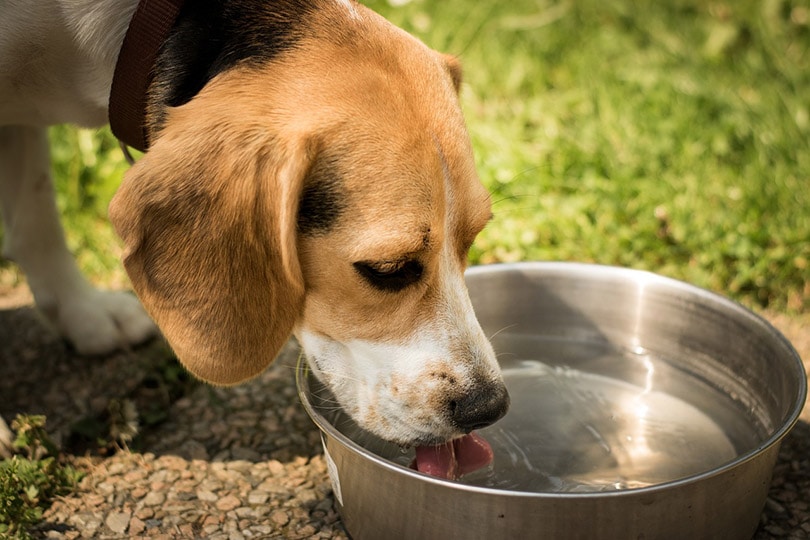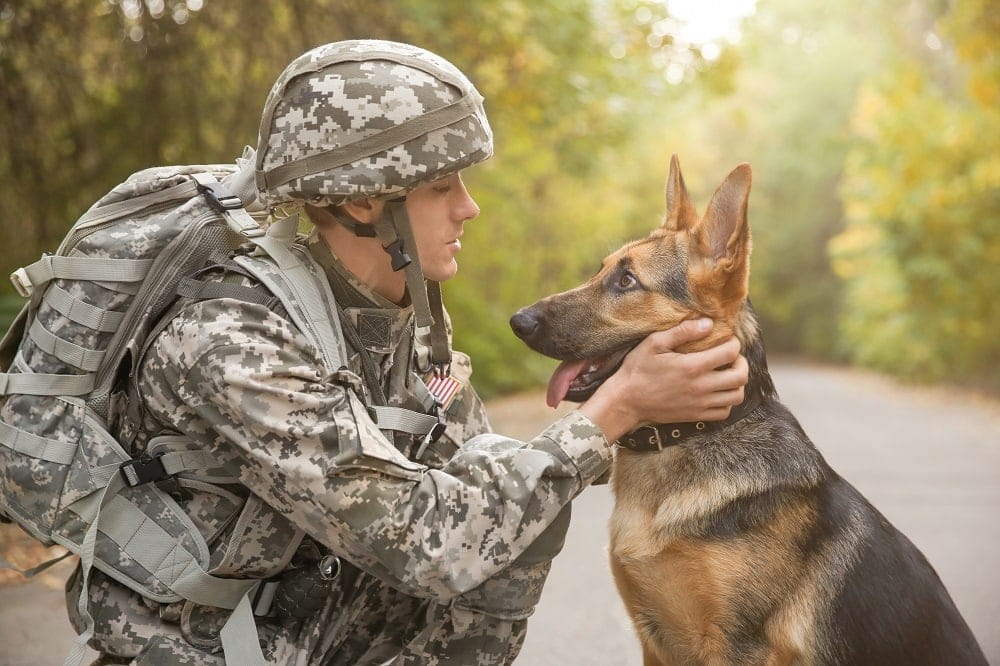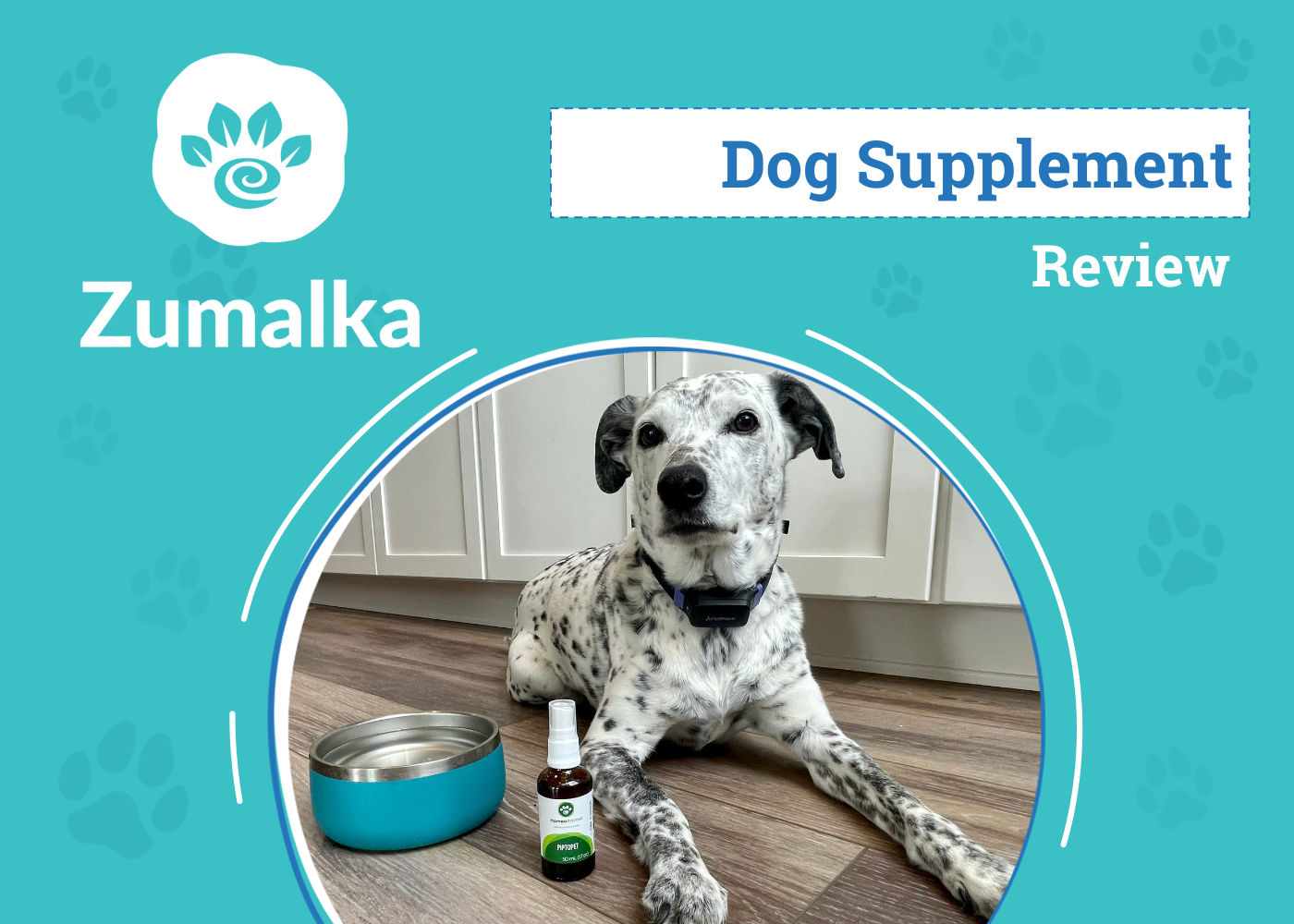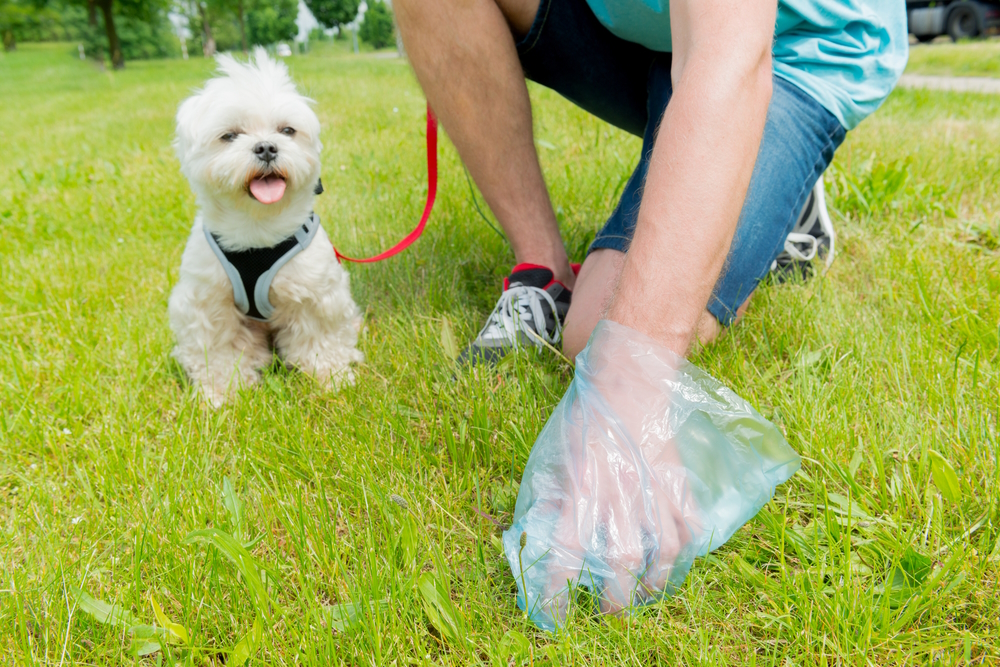Most dogs prefer to drink cool water, and this remains true in both cold and warm environments! Providing enough fresh water is critical for your dog’s health, and pet fountains are a great way to encourage your companion to drink enough to stay healthy and full of energy. Pay attention to your pet’s particular preferences and provide plentiful water at whatever temperature your companion appears to enjoy the most.
And just in case you’re wondering, it’s perfectly safe to allow your buddy to drink icy cold water if that’s what they enjoy. And it’s fine to let your canine friend enjoy a shaved or crushed ice treat on hot days. Since dogs generally love getting their paws on ice, it’s a great way to hydrate your four-footed friend when things get steamy outside. Your buddy should be okay if you stick with chipped or shaved ice!
Do Dogs Like Swimming in Cold Water?
Most dogs love water. There’s nothing some pooches get more excited about than a day romping through the waves or running through a sprinkler. Any game involving water will do! But if you’re wondering whether your dog enjoys swimming and playing in cold water, the answer is that it depends.
Most dogs are fine swimming in water as cool as 45°F. But remember, not all dogs enjoy swimming, and some can barely tolerate water. So follow your canine friend’s lead, and don’t push them to take a dip if they don’t want to!
Dogs and Cold Water Swimming Safety
Dogs, like humans, are generally safe swimming when the water is above 45°F or so. Stick to short dips when the water temperature is below 50°F, and dry your buddy off right away to keep them from cooling down further after they’re done with their aquatic fun.
Dogs with thick coats like Newfoundlands and Huskies can typically withstand colder water temperatures. But remember, all animals begin to lose body heat when submerged in water, so it’s important to limit how long your companion spends hanging out in lakes and oceans, even in water warmer than 45°F.
Certain breeds, including Chesapeake Bay Retrievers and English Setters, tend to relish time romping in lakes and along river banks. But while most dogs can swim, not all enjoy getting wet. Chihuahuas and Boxers, for example, don’t really look forward to dips in the water.
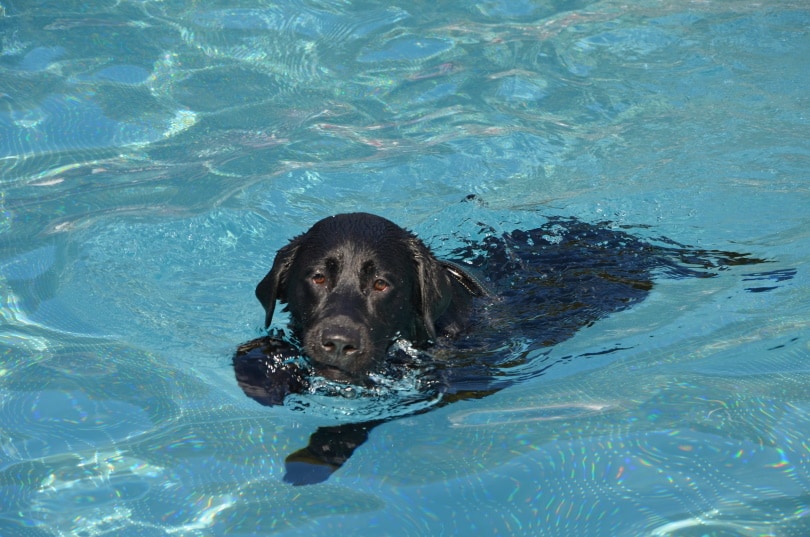
Hypothermia Concerns
If your dog spends too much time in cold water, its body temperature will decrease, and hypothermia can set in if you don’t intervene in time. Chilled pets often have cold paws, ears, and tails. While a healthy dog usually has a temperature between 100.5-102.5°F, one in the beginning stages of hypothermia will have a much lower temperature, around 99°F.1
Dogs experiencing the advanced stages of hypothermia often become sluggish and confused. If the condition is allowed to progress, it can quickly become a medical emergency, so it’s best to bring your pet out of the wind and cold and get them warmed up as soon as you notice any signs of cold-related discomfort.
Do Dogs Like Cold-Water Baths?
Dogs tend to prefer bathing in lukewarm water, but your pup should be fine as long as the water stays at a temperature you feel comfortable putting your hands into.
If your companion sports a particularly heavy coat or sheds a ton, it’s suitable to bathe them outside with a garden hose, provided the weather is warm enough, and you can get lukewarm water from your garden spigot. To be safe, stick to indoor bathing or take your buddy to the groomer if the temperature drops much below 80°F.
To prevent your dog from becoming too cold after their bath, have plenty of fresh towels on hand to help remove whatever water is left over once your pup is done shaking it off. Most breeds benefit from a bit of pre-bath brushing to minimize post-bath coat matting and tangling. If your buddy has a thick coat, make sure to spend extra time drying their undercoat to help prevent skin problems.
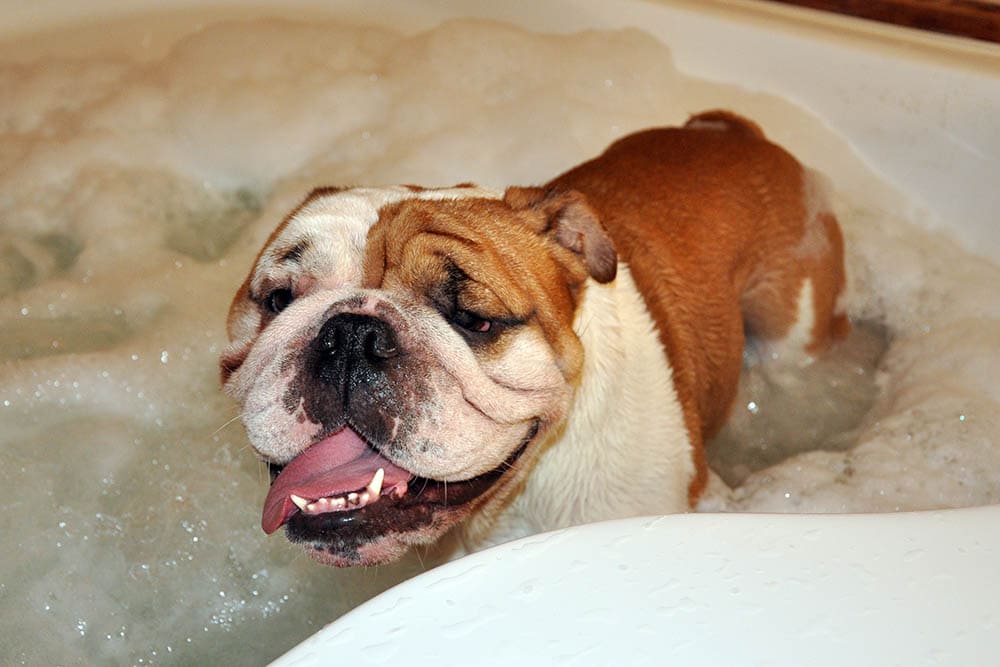
Final Thoughts
Water-loving dogs with bushy coats can swim and play in cold water as long as their fur is quickly dried off after returning to dry land. However, breeds without undercoats are more vulnerable to becoming chilled from cool water, and their exposure to it should be limited. As long as you limit your pet’s playtime in water below 50°F and dry your canine off quickly when it’s wet, you can allow your pup to frolic in the water.
Featured Image Credit: 584652, Pixabay

